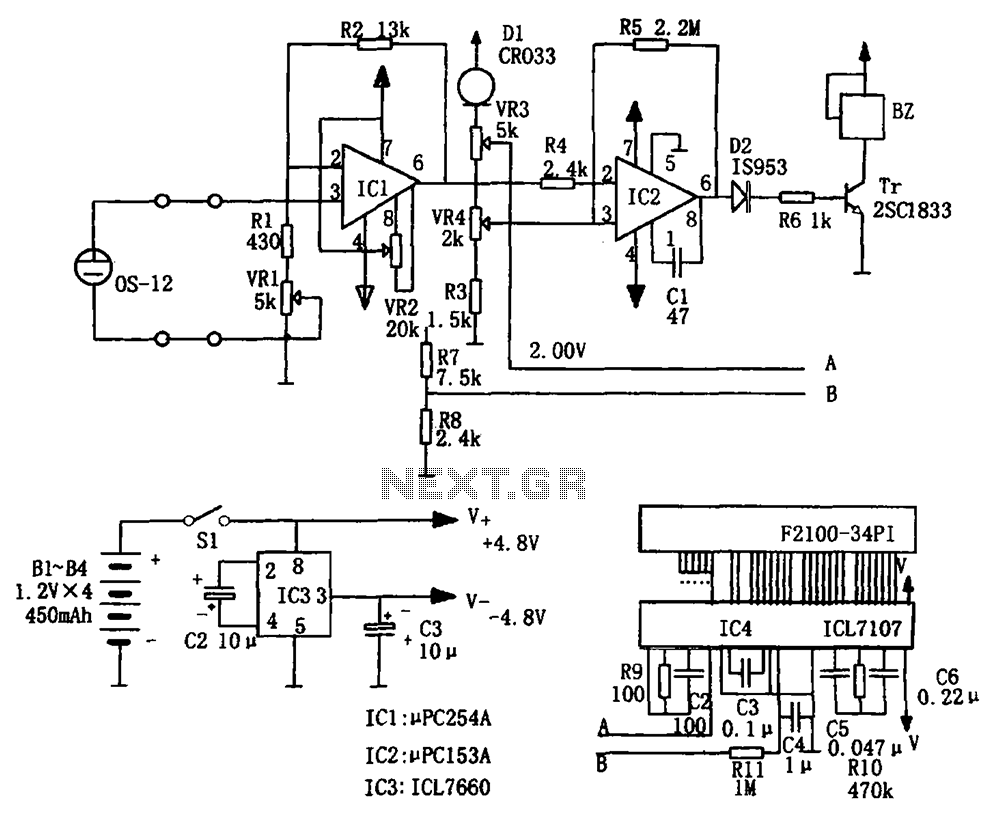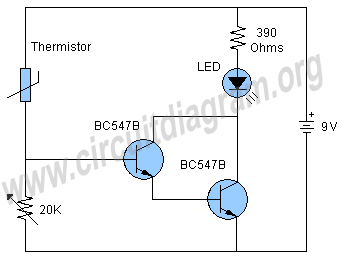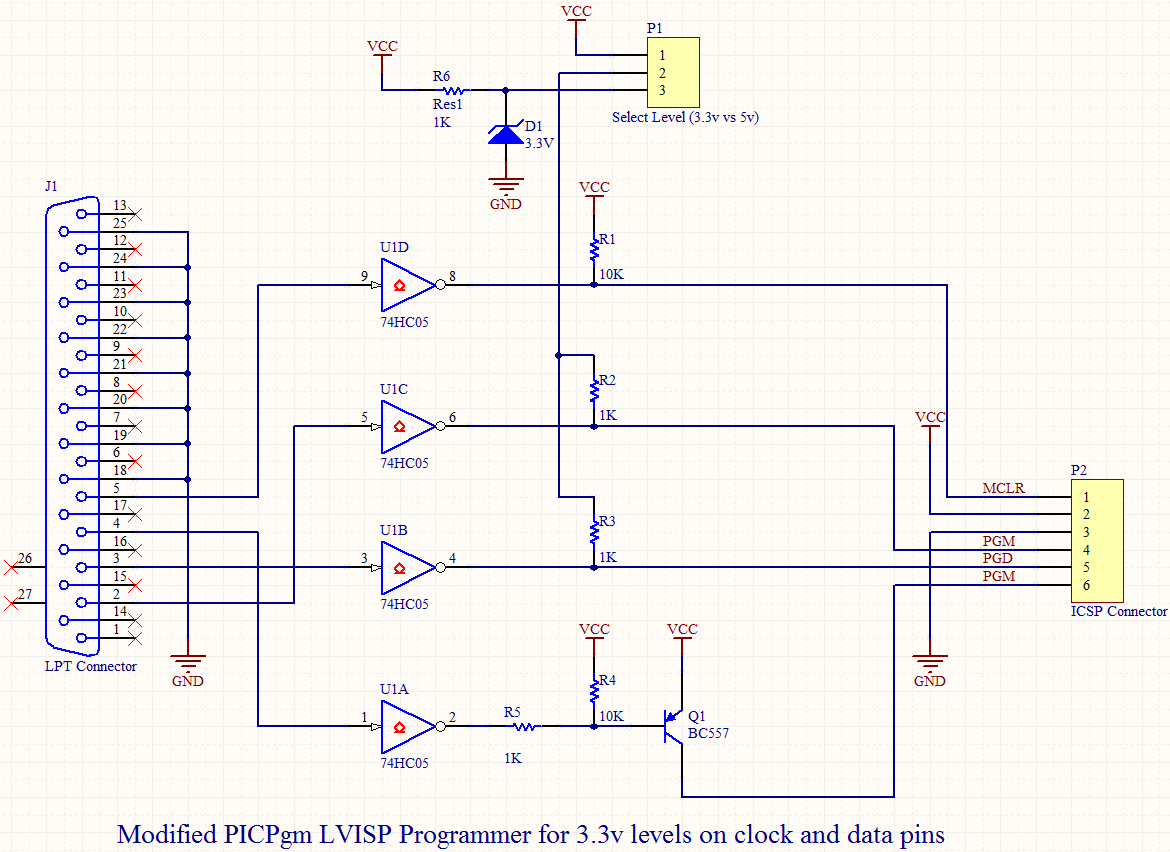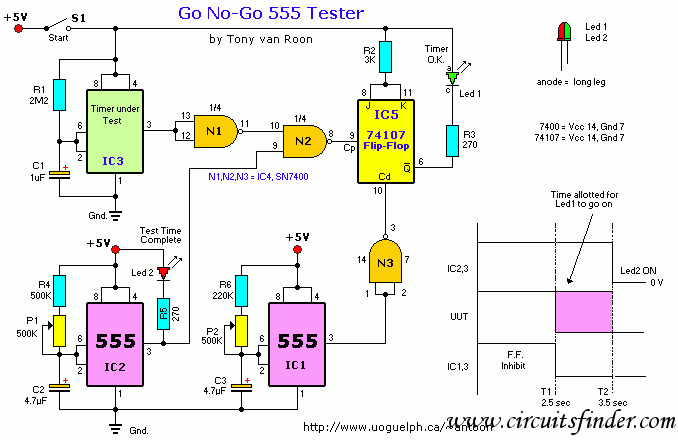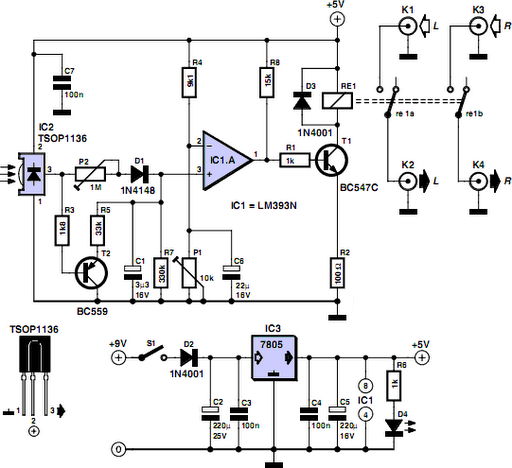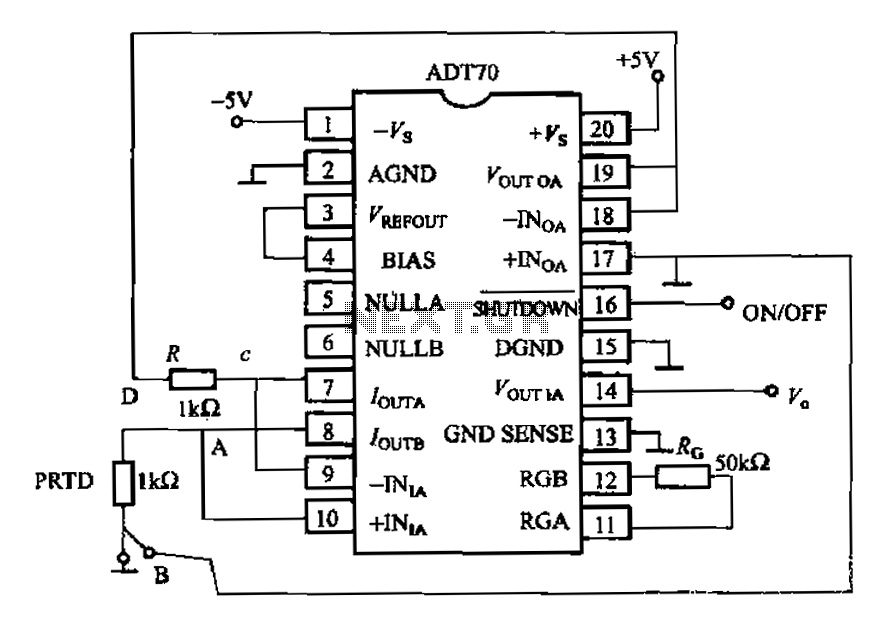
Loudness control circuit
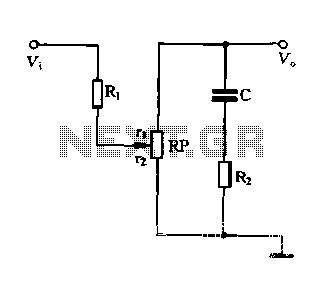
Figure 1-87 illustrates an effective loudness volume control circuit that employs a standard potentiometer. The components used are minimal, yet the performance is notably impressive. The operation principle is as follows: when the internal impedance of the source is significantly lower than Rc, and the load impedance Rp is considerably greater than the resistances R1 and Rz, the capacitance C can be selected to a high value, allowing low audio frequencies to be treated as an open circuit.
This loudness volume control circuit is designed to enhance the listening experience by adjusting the perceived loudness of audio signals. The circuit configuration typically includes a potentiometer that serves as a variable resistor, enabling users to modify the resistance and, consequently, the loudness level. The choice of components, including resistors (Rc, R1, Rz) and capacitors (C), plays a critical role in defining the circuit's frequency response and overall performance.
In scenarios where the source's internal impedance is much smaller than Rc, the circuit effectively minimizes signal loss and distortion, ensuring that audio fidelity is maintained. The high load impedance (Rp) further contributes to this by allowing the circuit to operate efficiently without overloading the source. The selection of a high-value capacitor (C) is crucial, as it allows the circuit to filter out higher frequencies, thereby enhancing the low-frequency audio response.
When tuning this circuit, careful consideration must be given to the values of the resistors and capacitor to achieve the desired loudness effect. The circuit can be implemented in various audio applications, including home audio systems, musical instruments, and professional audio equipment, providing users with a versatile solution for controlling audio loudness while preserving sound quality.Figure 1-87 is a good loudness volume control circuit, it uses an ordinary potentiometer, used element pieces are scarce, but the effect is quite remarkable. The electric road works is: when the internal impedance of the source is much much smaller than Rc, big load impedance Rp, and Rp is much greater than when I ruler and Rz, the capacitance C taken only high value, audio works for low audio can be regarded as open
This loudness volume control circuit is designed to enhance the listening experience by adjusting the perceived loudness of audio signals. The circuit configuration typically includes a potentiometer that serves as a variable resistor, enabling users to modify the resistance and, consequently, the loudness level. The choice of components, including resistors (Rc, R1, Rz) and capacitors (C), plays a critical role in defining the circuit's frequency response and overall performance.
In scenarios where the source's internal impedance is much smaller than Rc, the circuit effectively minimizes signal loss and distortion, ensuring that audio fidelity is maintained. The high load impedance (Rp) further contributes to this by allowing the circuit to operate efficiently without overloading the source. The selection of a high-value capacitor (C) is crucial, as it allows the circuit to filter out higher frequencies, thereby enhancing the low-frequency audio response.
When tuning this circuit, careful consideration must be given to the values of the resistors and capacitor to achieve the desired loudness effect. The circuit can be implemented in various audio applications, including home audio systems, musical instruments, and professional audio equipment, providing users with a versatile solution for controlling audio loudness while preserving sound quality.Figure 1-87 is a good loudness volume control circuit, it uses an ordinary potentiometer, used element pieces are scarce, but the effect is quite remarkable. The electric road works is: when the internal impedance of the source is much much smaller than Rc, big load impedance Rp, and Rp is much greater than when I ruler and Rz, the capacitance C taken only high value, audio works for low audio can be regarded as open
